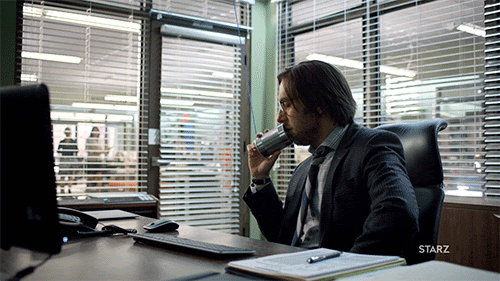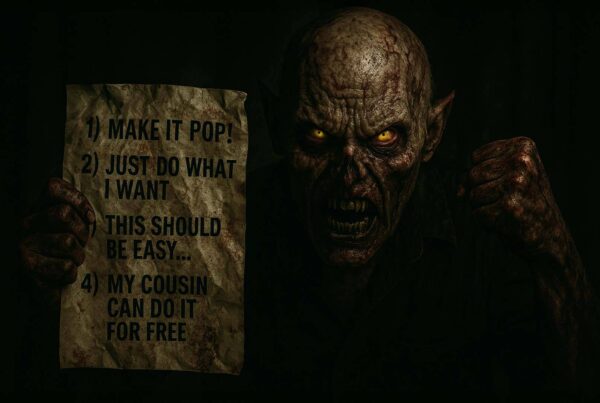Remember those tin can phones we played with as kids? You’d say something into one can, and by the time it traveled down the string to the other side, it was rarely the same message.
Or how about that game of telephone where a whispered message gets passed around a circle, only to come out the other end as something different from what was first said?

And don’t get me started on how social media has compounded this problem. Someone sees a 14-second TikTok video about the state of the worldwide economy and shares their own “version” of the same content, then another, and another. By the end, 26 countries have flooded, 47 people lost their dog, and the United States is converting to a Dogecoin-only payment system.
We live in a world where technology has made it easier than ever to avoid real conversations. Why face an awkward talk when you can whip up a perfectly crafted email, direct message, or text? Right? I get it—avoiding discomfort is tempting.
But seriously, when it comes to client communication, hiding behind screens can backfire big time. Verbal conversations are a must. They help build a deeper client relationship and often resolve issues in 18 seconds instead of 18 emails passed back and forth. But we shouldn’t rely on them to carry the whole load. In business, EVERYTHING should be documented.
In Business, ALL Communication Is Written
At my agency, we put a huge emphasis on communication skills—whether it’s presenting ideas, leading meetings, or just talking things through with clients. And while talking face-to-face (or at least ear-to-ear) is crucial, there’s one thing we never skip: following up every key conversation with a quick written summary.

Why? Because even the best conversation can get lost in translation, just like the 14-second TikTok video. Our memories are selective, and clients’ recollections might differ from ours, which is a recipe for disastrous misunderstandings.
Real World Follow-Up Scenarios
Here are some scenarios to make sure everyone stays on the same page through written documentation:
Your documented summary of a verbal conversation doesn’t have to be a novel—just a quick note to confirm the details. My agency clients constantly mentioned how much they appreciated our agency’s clear communication.
Three Benefits of Documenting Everything
That simple follow-up documentation is a big part of what kept my clients happy and coming back. There are three key benefits to documenting verbal communication:
- Clients have an opportunity to correct anything you potentially misunderstood. Projects go smoothly.
- You have an extra positive touchpoint with the client to help strengthen the relationship. Future sales become easier.
- There are times that the written documentation becomes an integral part of resolving a future client issue. “Your current feedback is opposite the feedback you gave us on ______ (date). We need to charge more.”
Bottom line: backing up every verbal chat with a brief written summary can save you from a lot of headaches down the line. It keeps everyone on the same page and shows your clients you’re all about getting things right.












